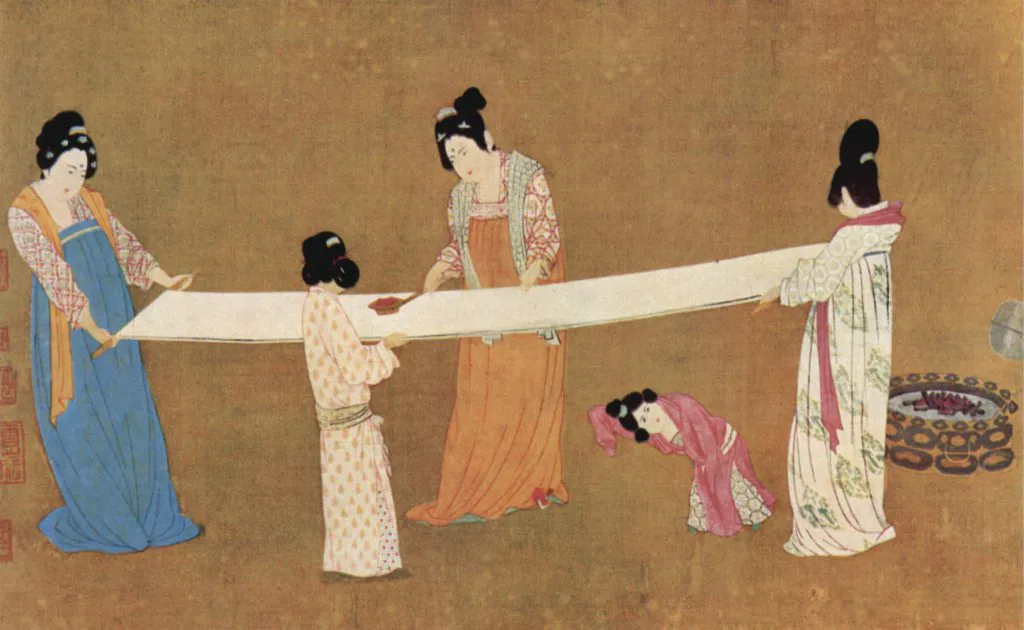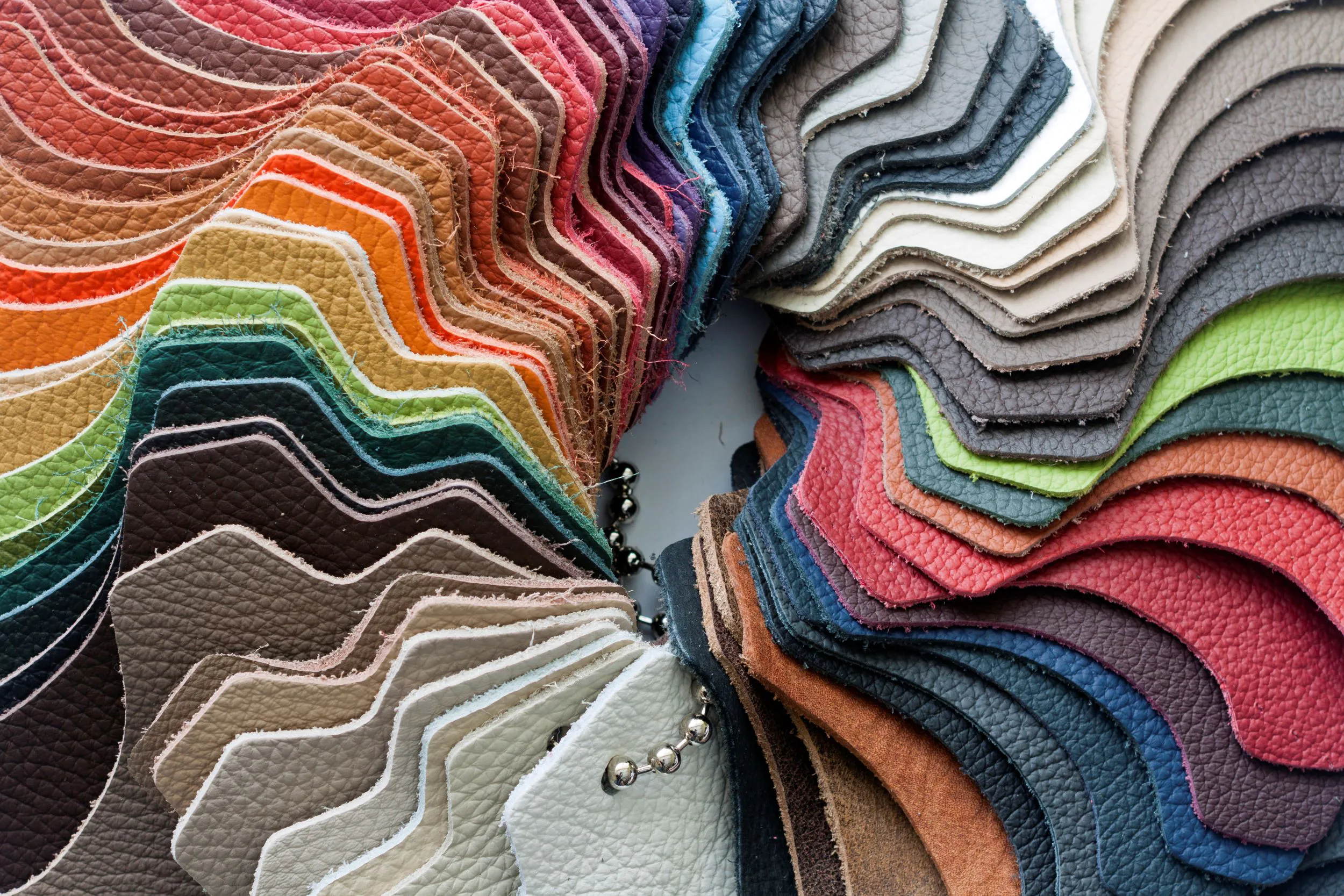
According to Chinese legend, sericulture was first developed in China after a silkworm cocoon dropped into a cup of tea that Lady Xi Ling Shih, wife of Hugandi, the Yellow Emperor, was drinking as she sat under a mulberry tree in her garden. The heat of the tea caused the cocoon to unfold and Xi Ling Shih unraveled more than a kilometer of thread from it. She realized that the material could be used for weaving, and sericulture was born.
Though China managed to keep sericulture a secret for a few thousand years, silk eventually made its way around the world via the Silk Road. Today, China accounts for 70% of the world’s silk production and 90% of the world’s silk exports. India, Brazil, Thailand, Uzbekistan, and Japan are other major silk producing countries.
We may never know who the true originator of sericulture (silkworm farming and the production of silk) was or if there is any truth to this legend, but recent discoveries have given scientists and historians a greater understanding of how silk was used thousands of years ago and how we have come to use it around the world today.
In December 2016, scientists found evidence of silk in ancient tombs in the archaeological site of Jiahu, China that reveals that the history of silk extends a few thousand years earlier than was previously believed. An investigation into ruins in Henan Province in Central China found evidence of silk proteins in two tombs, one of which was more than 8,500 years old. Silk was previously commonly believed to have originated in China approximately 6,000 years ago, and the oldest physical evidence of silk dated back approximately 5,000 years.
Bone needles and tools for weaving were also found at the ruins, supporting the idea that bodies interred in the tombs were wrapped in silk garments. The presence of these tools indicates that residents in the area possessed weaving, sewing, and other textile-related skills. Additionally, Jiahu’s warm climate would be ideal for growing mulberry trees, the main food source for silk worms, and local legends suggest that silkworm farming and breeding began in this area. Previously, scientists discovered bone flutes, pottery, evidence of domesticated animals, and some of the earliest writing ever found in China at this site.
This discovery complements a finding made earlier in 2016 regarding the Silk Road and how silk traveled from China, its place of origin, to other countries. The Silk Road was an ancient network of trade routes that connected the East and West from China to Rome. According to the University of Cambridge, the Silk Road extended much further south than was originally thought.
In April 2016, researchers from the university found silk and dyes from China and India in tombs in the Nepalese Himalayas. These items are said to date back to between 400 and 650 AD. There is no evidence of silk production or sericulture in the area, leading researchers to conclude that the nearest village, Samdzong, was included in the Silk Road much earlier than was originally thought and the items’ presence was a result of trade. Samdzong is located in Nepal’s Upper Mustang region, close to the Chinese-Nepalese border.
This discovery gives us a greater understanding of what materials were typically traded to this region, and how they were used. In this instance, the silk and dye found in the tomb was combined with local materials to make garments, showcasing the production techniques of the area. This finding is particularly important to the history of silk and the Silk Road as there have previously been very few contemporary textile artifacts found in Nepal.
These findings help to re-shape silk’s known history as well as the timeline of how it traveled around the world. They also shed light on ancient textile production methods and uses of silk, and set the stage for many more findings to come out of these areas in future research.
Due to the growing competition in both global and domestic markets, businesses are using networking websites like 91��Ƭ��’s textile industry section to find quality business partners. So whether you are looking for importers, exporters, or manufactures there is a place for you to start on 91��Ƭ��.



